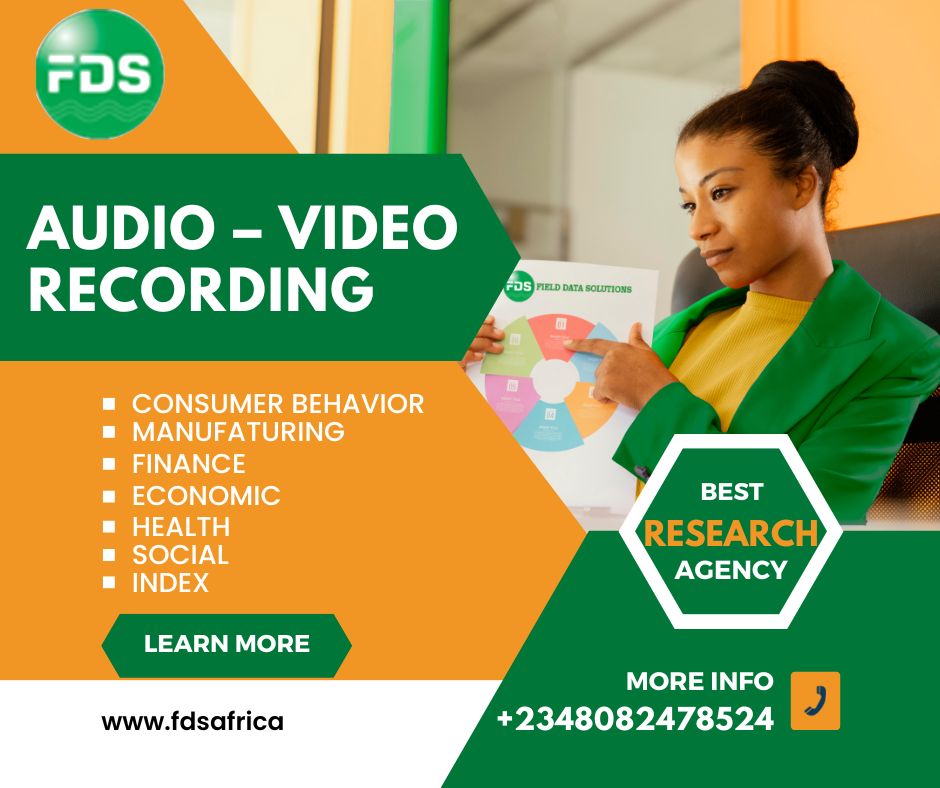
Audio and Video Recording
Project Summery.
The Power of Audio & Video Data in Qualitative Research
Have you ever wondered how different varieties of a language sound? Or how do passengers on a train or airplane respond differently to announcements spoken by men or women? And what about the decibel level at which random noise becomes disruptive to work or conversations?
These questions can be answered through the use of audio data, which offers a unique and valuable source of information. Unlike written transcriptions, audio recordings capture elements such as tone, pace, volume, and pauses, providing a deeper understanding of the subject matter.
Audio data can be collected from various sources including interviews, focus groups, naturalistic recordings, voice notes, podcasts, and even music.
When it comes to collecting audio data, researchers often rely on recording devices or applications. In-person or remote interviews and focus groups are commonly recorded, but audio data can also be collected from naturalistic settings like meetings, public spaces, or events.
In some cases, participants may be invited to contribute audio diaries or voice notes, offering personal narratives and reflections in their own time and space.
Ethics and consent play a pivotal role in audio data collection. Participants must be fully informed about the recording process, how the data will be used and stored, and who will have access to it. Additional consent may be required for naturalistic recordings, depending on the context and local regulations.
Analyzing audio data presents unique challenges and opportunities. Researchers can choose between verbatim transcription, where the audio is converted into text for analysis, or direct analysis of the audio data, focusing on the sonic and aural aspects.
Verbatim transcription allows for traditional qualitative analysis methods, where the text can be coded and analyzed. However, it is important to note that certain elements of the original audio, such as tone, accent, or background noises, may be lost in the process.
Direct analysis of audio data focuses on the auditory experience, listening for patterns in sounds, silences, tones, accents, pace, or rhythm. This type of analysis is particularly valuable in sociolinguistic studies, conversation analysis, or research on soundscapes and musical elements. Listening and re-listening to the audio are essential steps in this process.
In addition to audio data, videos can also be used in qualitative research. Videos capture not only the spoken words but also non-verbal cues such as gestures, facial expressions, and body language. This visual analysis can provide valuable insights into how people interact with each other.
For example, analyzing user-generated content on platforms like YouTube and Vimeo can shed light on how creators convey their messages to their audience. Comparing online video recordings with television programs can also offer a glimpse into the evolution of presentation practices across different mediums.
Unlock the power of audio and video data in your qualitative research. Gain a deeper understanding of language, social dynamics, and communication patterns.
Start collecting and analyzing audio and video data today by contacting Field Data Solutions Africa, your best research agency in Nigeria.

